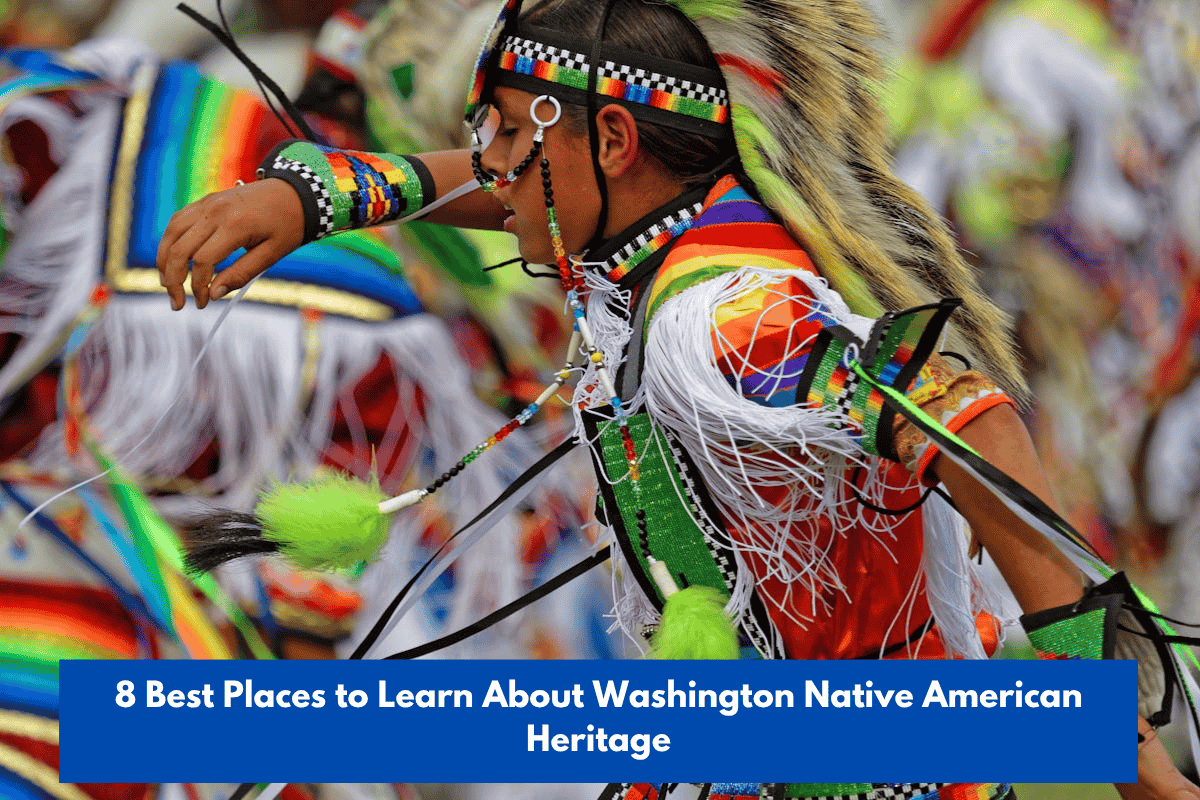Near the Ashley River stands a massive live oak tree that has survived wars, hurricanes, and even earthquakes. It’s not the tallest, but its wide trunk and thick branches show its strength. This tree was once considered the biggest on the East Coast, and people used to sit under it on a bench that circled its base. It still stands today as a quiet witness to centuries of change.
The Butterfly Lakes and Their Optical Illusion
The famous Butterfly Lakes at Middleton Place are a clever example of a design trick called “forced perspective.” From a certain angle, they look perfectly symmetrical—like butterfly wings. But in reality, they aren’t exactly the same. These lakes were hand-dug in the 1740s and required moving thousands of yards of soil. The path between them lines up with the main path from the house to the river, showing the detailed planning behind the garden.
Water Buffalo That Went to the Zoo
Middleton Place once used water buffalo from Asia to work in the rice fields. These animals were better suited for muddy land than local oxen. During the Civil War, Union troops ate some of them, and others ended up at the Central Park Zoo in New York City. In 1987, the plantation brought them back to show visitors how things worked in the past.
America’s First Camellias
In 1786, French plant expert André Michaux gave four camellia plants to the Middletons. One of those plants, called “Reine des Fleurs,” still blooms today. The plantation now has over 4,000 camellia plants with 1,000 different types. These flowers bloom from November to March, adding colour during winter and drawing crowds for special Camellia Walks.
Living Tunnels Made of Trees
In the gardens, you can walk through tunnels made by weaving tree branches together, a method called pleaching. This technique is rare and very old, dating back to Roman times. The oldest pleached walkway at Middleton Place was started in 1841 and is still cared for today. Gardeners trim the trees four times a year to keep the shape.
Enslaved Women Who Were Expert Gardeners
Many of the beautiful plants at Middleton Place were cared for by enslaved women. Willoughby, Louisa, Andrewina, and Priscilla were highly skilled in gardening. They knew how to grow rare plants and even gave tours to visitors when the owners were away. Their work was essential for maintaining the gardens and passing on rare plant types.
Earthquake Destroyed What War Left Behind
In 1886, a powerful 7.3-magnitude earthquake hit near Middleton Place. It brought down the remaining parts of the main house, which had already been damaged by fire during the Civil War. The shaking also changed how water moved through the land, and it took a lot of money to fix the damage. After this, the gardens were left alone for nearly 40 years.
A Signer of the Declaration Was Held Captive
Arthur Middleton, who signed the Declaration of Independence, was captured during the Revolutionary War and held prisoner for over a year. While he was gone, British soldiers looted Middleton Place. His silver collection was buried under the garden to hide it from the British and was later recovered.
Garden Restoration Took Decades
The gardens were brought back to life starting in 1925 by Heningham Smith. She spent 15 years and thousands of dollars each year to restore them. At the peak of restoration, she employed 47 gardeners, many of whom were descendants of formerly enslaved people. The Garden Club of America recognized her work as one of the most important garden restorations in the country.
Rice Brought Wealth to Middleton Place
Middleton Place became wealthy from growing Carolina Gold rice. A recreated rice field today shows how it was done, using original seeds and wooden gates from 1850. At its peak, the plantation produced 1.5 million pounds of rice a year. An old rice mill found on the grounds once processed huge amounts of rice using tidal power.
British Surrender Terms Signed Here
In 1783, Middleton Place was the site where British troops agreed to leave the Southern colonies. The agreement was signed in the library of the house’s north wing, helping to end the Revolutionary War. The quill pens used during the signing are still preserved in the house museum.
Almost Lost to Taxes
In the 1970s, Middleton Place almost had to be sold off because of high estate taxes. To prevent this, Charles Duell created the Middleton Place Foundation in 1974. By turning 110 acres into a nonprofit, the foundation saved the property. The foundation still manages the historic site today.
Plan Your Visit
Middleton Place is located at 4300 Ashley River Road, about 15 miles from downtown Charleston. It’s open every day from 9 AM to 5 PM except Christmas. You can join guided tours, including one that focuses on the lives of enslaved people who worked there. The House Museum has an extra fee, but it’s worth visiting to see important artifacts and learn more about the history.
Middleton Place is more than just a scenic garden—it’s a place full of stories, struggle, and survival. From the wisdom of enslaved gardeners to the deep roots of ancient trees, every part of this plantation tells us something about America’s past. Whether you’re visiting for the beautiful camellias or the powerful history, there’s something meaningful around every corner. By learning these stories, we can better understand the people who shaped this country and honor the legacy they left behind.














